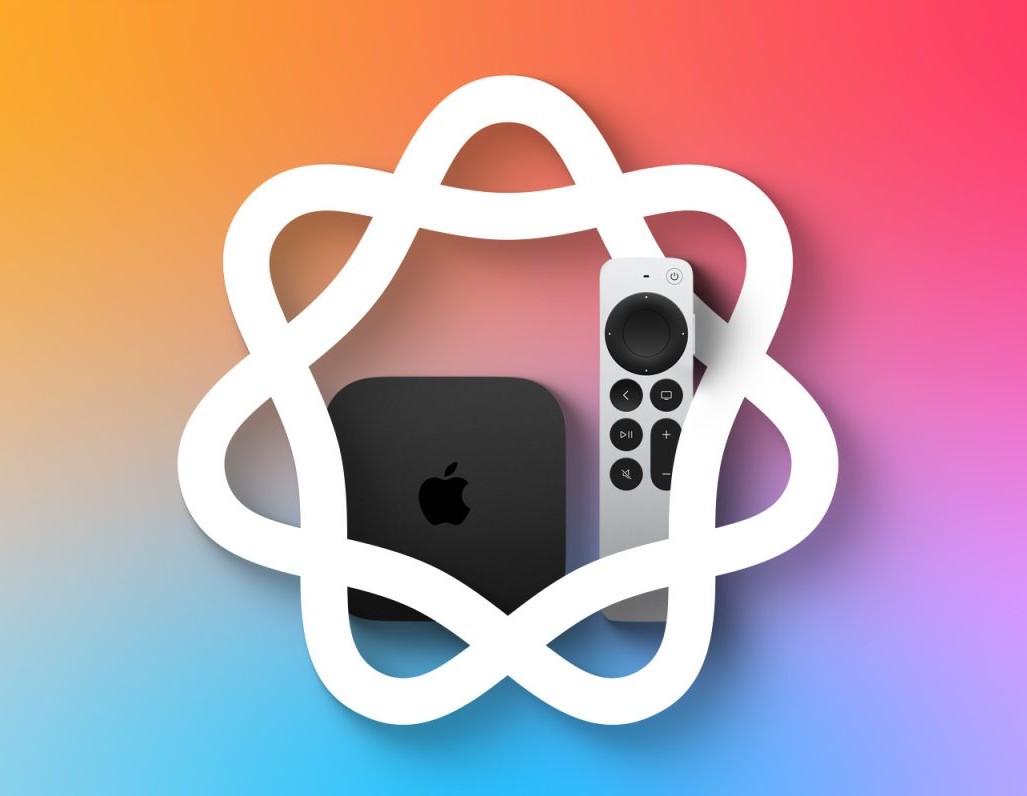Apple has recently unveiled detailed insights into the development and training of its latest AI models, marking a significant advancement in the realm of artificial intelligence. These models, integral to the Apple Intelligence suite, are designed to enhance user experiences across various Apple devices. The company’s commitment to privacy, efficiency, and performance is evident in the methodologies employed during the training and optimization phases.
On-Device Model: Structure and Optimization
The on-device AI model, comprising approximately 3 billion parameters, is engineered to operate efficiently on user devices. To achieve this, Apple has implemented a bifurcated structure:
– Block Division: The model is divided into two segments: Block 1 contains 62.5% of the transformer layers, while Block 2 holds the remaining 37.5%, with key and value projections removed. This design reduces memory requirements for caching by 37.5% and decreases the latency for generating the first token by a similar margin, all without compromising performance.
– Memory Management: By strategically splitting the model, Apple ensures that devices with limited memory can still run complex AI tasks smoothly. This approach reflects Apple’s dedication to delivering high-quality AI functionalities without necessitating hardware upgrades.
Cloud-Based Model: Parallel-Track Mixture-of-Experts Architecture
For more demanding tasks, Apple employs a cloud-based model utilizing a Parallel-Track Mixture-of-Experts (PT-MoE) architecture:
– Mixture-of-Experts (MoE): This technique involves dividing the model into smaller, specialized subnetworks or experts. Each expert is activated only when relevant to the specific task, enhancing efficiency and reducing computational overhead.
– Parallel-Track Implementation: Apple’s PT-MoE architecture allows multiple experts to operate concurrently, facilitating faster processing and improved scalability. This design is particularly beneficial for handling complex queries that require diverse expertise.
Training Data: Emphasis on Privacy and Quality
Apple’s training regimen underscores a strong commitment to user privacy and data integrity:
– Data Sources: The models are trained using a combination of licensed data from publishers, curated publicly available datasets, and information collected by Apple’s web crawler, Applebot. Notably, Apple ensures that no private user data is included in the training corpus.
– Synthetic Data Utilization: To further enhance the models’ capabilities, Apple employs synthetic data. This approach involves generating artificial data that mirrors real-world scenarios, allowing the models to learn and adapt without compromising user privacy.
Optimization Techniques: Balancing Performance and Efficiency
Apple has implemented several optimization strategies to ensure the models are both powerful and efficient:
– Grouped-Query Attention: This technique improves the models’ ability to handle multiple queries simultaneously, enhancing responsiveness and throughput.
– Low-Bit Palletization: By reducing the precision of certain computations, Apple achieves a balance between performance and energy efficiency, particularly beneficial for on-device models.
– Shared Embedding Tables: Utilizing shared input and output vocabulary embedding tables reduces memory usage without sacrificing accuracy, allowing the models to operate effectively within the constraints of various devices.
Evaluation and Performance Metrics
Apple’s models undergo rigorous evaluation to ensure they meet high standards of performance and safety:
– Benchmark Comparisons: The on-device model has been shown to outperform or match other small models from leading companies, while the server-based model competes favorably with larger models like OpenAI’s GPT-3.5 Turbo.
– Human Evaluations: Apple employs human evaluators to assess the models’ helpfulness and safety, ensuring that the AI outputs are both useful and aligned with ethical guidelines.
Responsible AI Development: Core Principles
Apple’s approach to AI development is deeply rooted in principles of responsibility and user trust:
– Privacy Preservation: By excluding private user data from the training process and employing techniques like differential privacy, Apple ensures that user information remains confidential.
– Transparency and Control: Users have the option to opt out of data collection by Applebot, providing them with control over their information and reinforcing Apple’s commitment to transparency.
– Continuous Improvement: Apple engages in ongoing refinement of its models through methods like reinforcement learning from human feedback (RLHF), ensuring that the AI systems evolve in alignment with user needs and ethical standards.
Conclusion
Apple’s detailed exposition of its AI model training processes highlights a concerted effort to balance innovation with privacy and efficiency. By leveraging advanced architectures, responsible data practices, and optimization techniques, Apple sets a benchmark for ethical AI development. As these models continue to evolve, they promise to deliver enhanced, secure, and user-centric experiences across Apple’s ecosystem.



